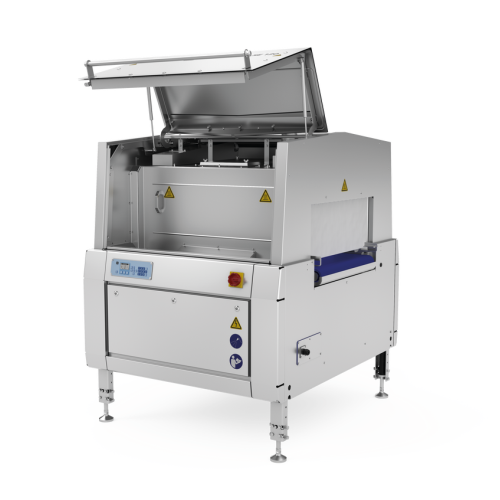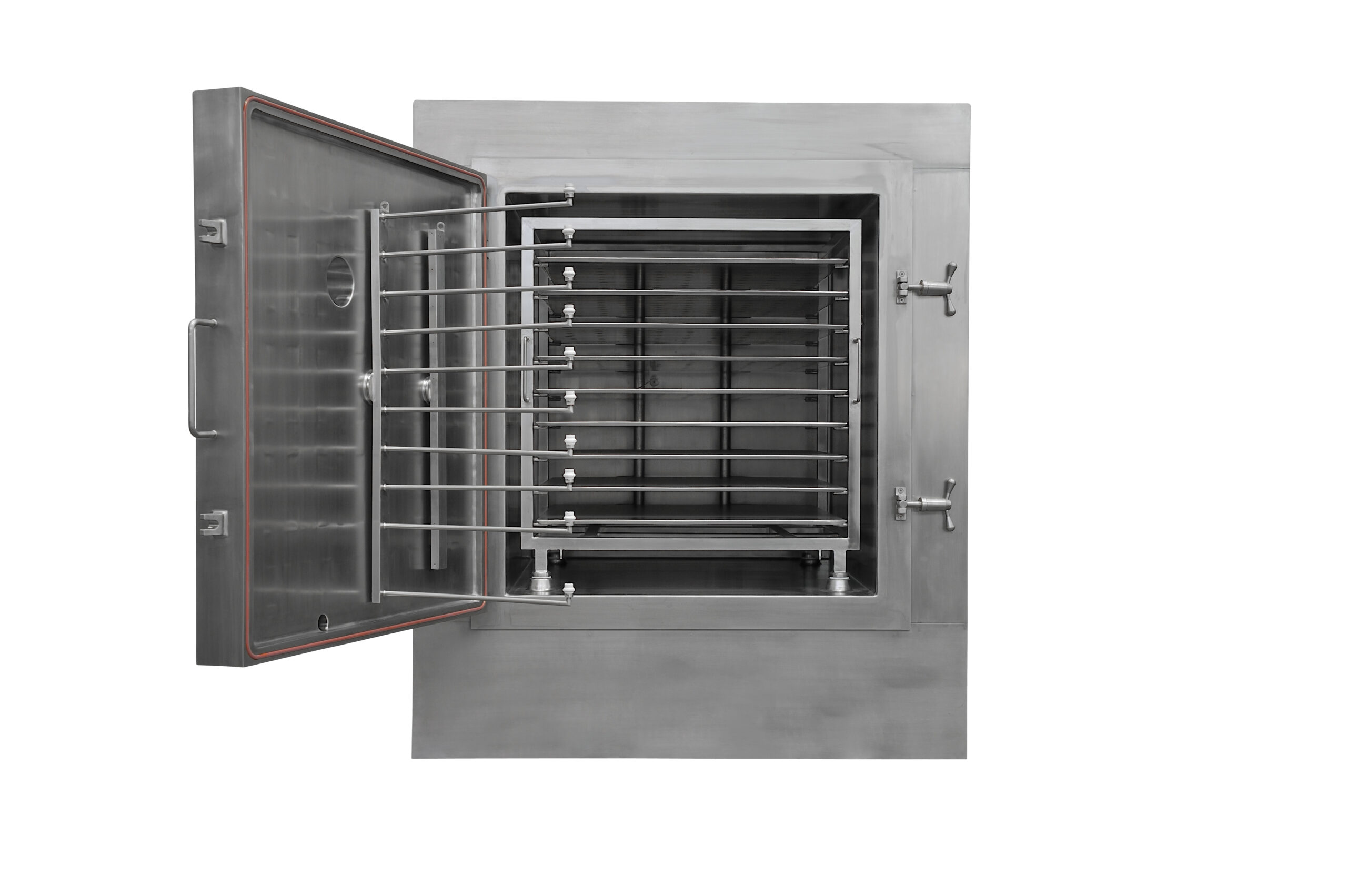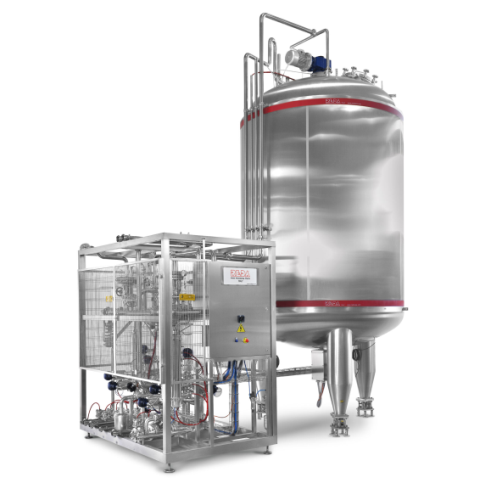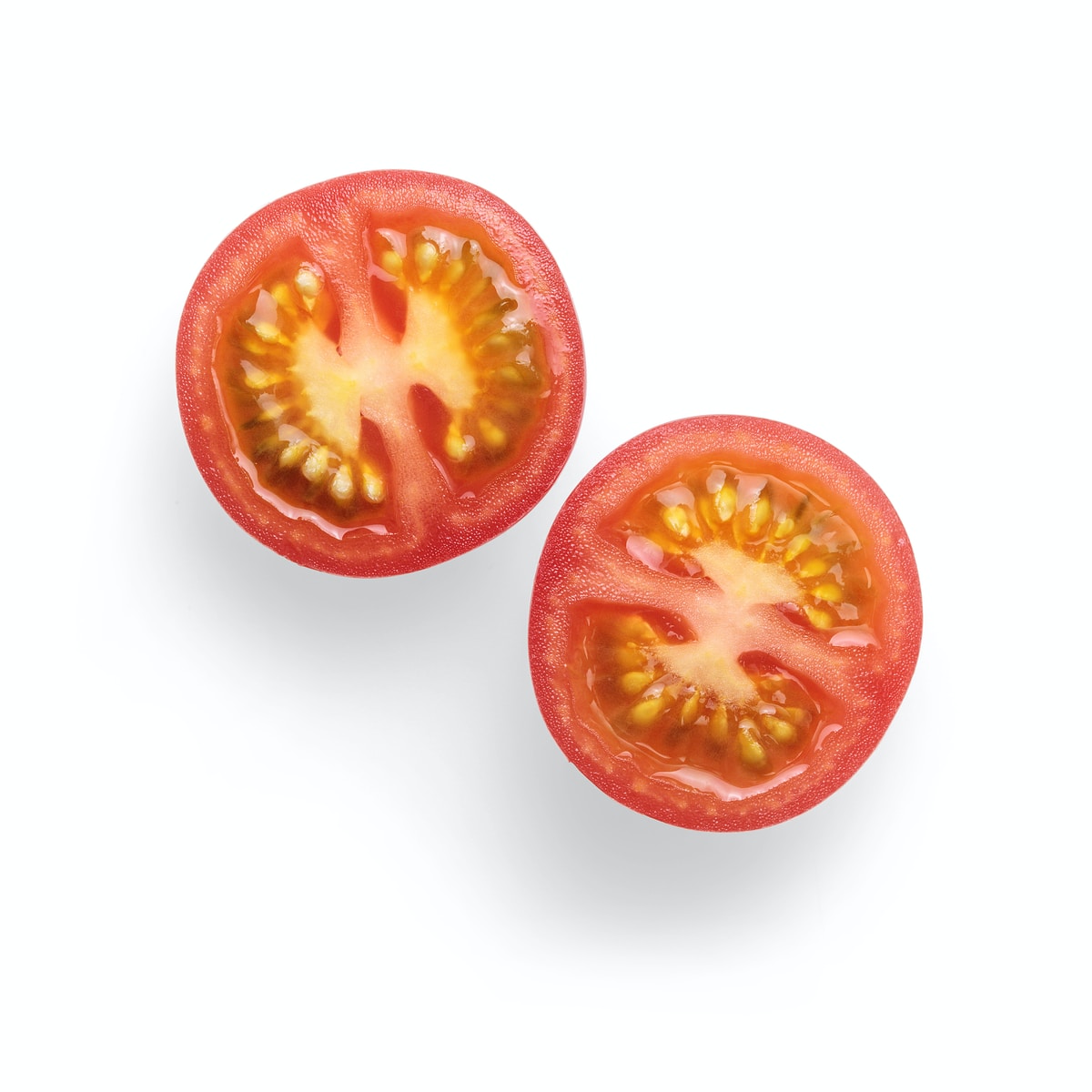
Making Tomato Seeds
Find innovative production technology for making tomato seeds and connect directly with world-leading specialists
Harvesting tomato seeds is the best way to preserve a good performing tomato plant. Starting with good tomatoes, you can extract them using tomato seed equipment that separates the juice, pulp, and seeds. Then, dry the seeds before storing them in a location away from direct sunlight.
Select your tomato seeds process
Tell us about your production challenge

Extracting tomato seeds manually or using equipment
You can get tomato seeds manually or by using tomato seed extraction equipment. For manual extraction, the tomato is cut open, and the pulp is squeezed into a container. The pulp is dried by spreading it on an absorbent surface such as tissue paper for about 48 hours. As soon as the pulp dries, the seeds can be collected easily. Another manual method is placing the seeds in a jar of water and stirring them several times a day for about 2 days. The remaining gel attached to the tomato seeds will separate and float to the surface. The good seeds will sink at the bottom, and the bad seeds float to the surface. Then, you need to remove the bad seeds from the good ones and let them dry before storing them away from sunlight.
Extracting manually takes more time compared to using a piece of equipment. If you want to scale up and use tomato seed equipment, an extraction machine crushes the tomato and separates the juice, pulp, and seeds. Then you can place the seeds in a dryer to remove the moisture before storing them away from sunlight. This is much faster than manual extraction as it can remove more of the jelly-like coating of the seeds. This method is also suitable for multiple batches of tomatoes.
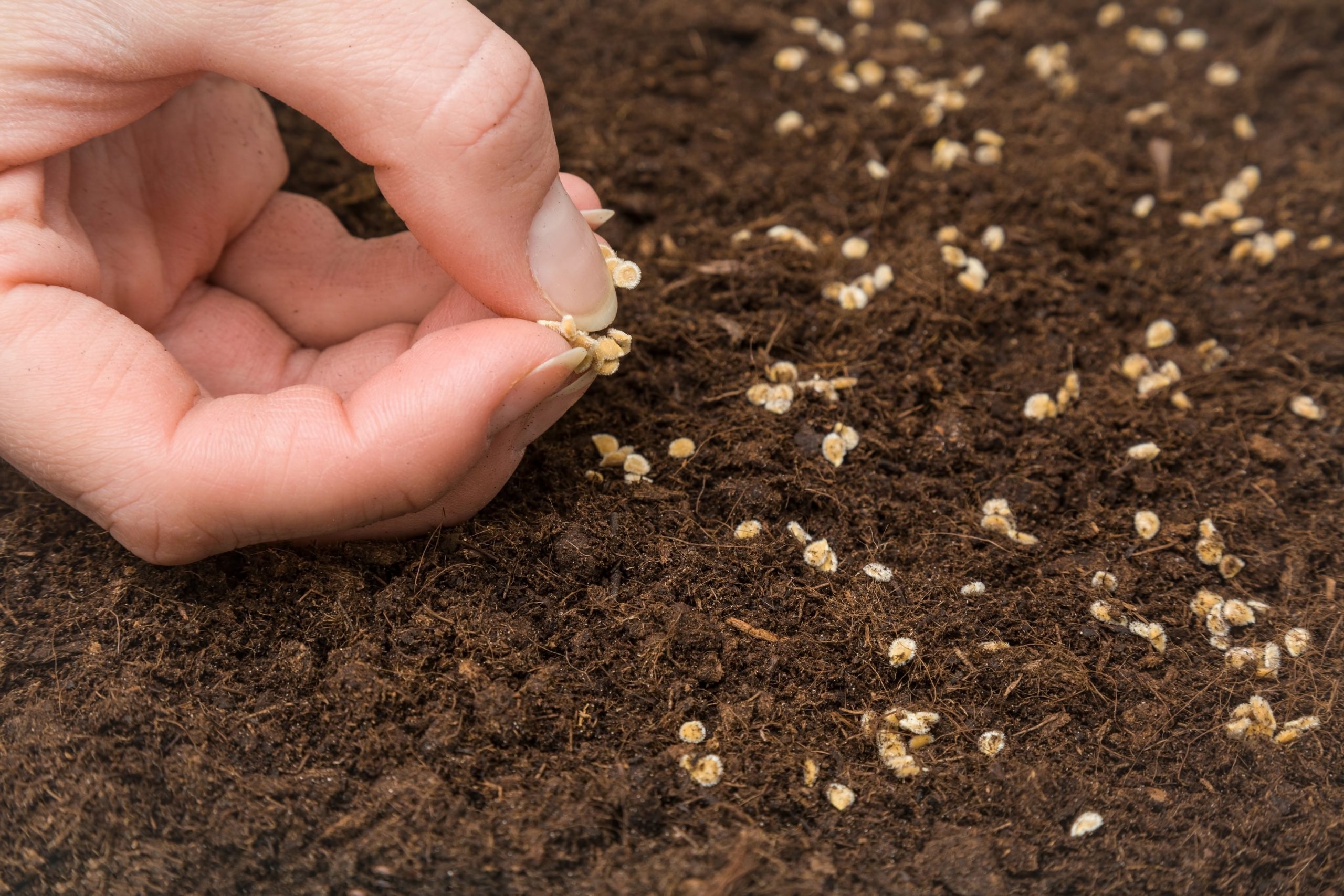
Fermentation process for natural tomato seed extraction
After extracting the seeds from the tomatoes, you need to remove the jelly-like coating of the seeds by a fermentation process. It takes about two to three days for this entire process to complete. Removing the coating is important as this prevents molds from developing. This process also removes certain seed-borne diseases, which helps promote the health of seedlings. Tomato seeds that are properly sized, fermented, washed, dried, and stored can last anywhere from 7 to 10 years.
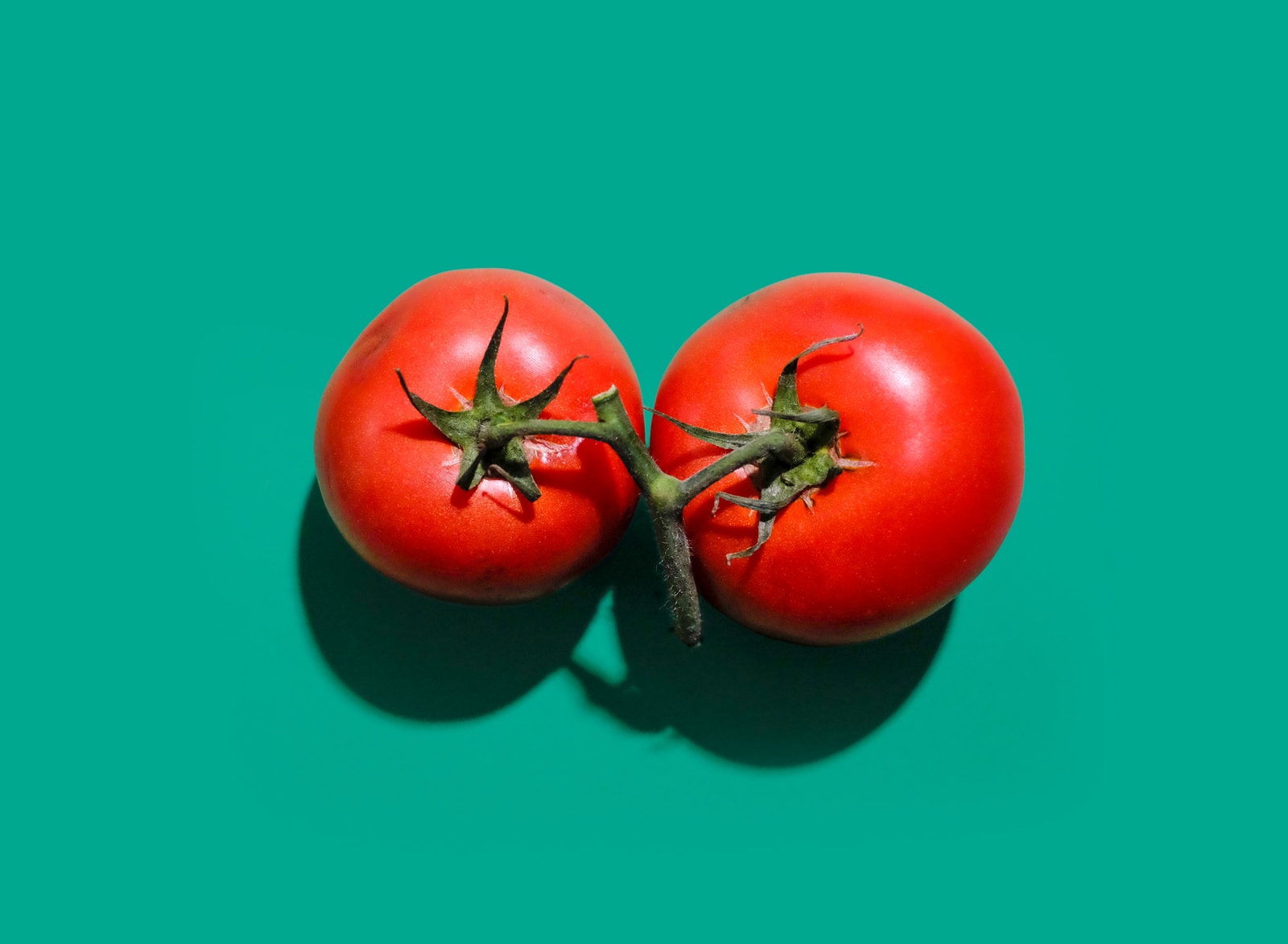
Hybrid seeds for a stronger tomato plant
A hybrid tomato is a result of intentionally cross-pollinating two different varieties of tomatoes. The hybrid tomato will have both characteristics of each variety. Some of these hybrids can be disease-resistant and can produce consistent tomatoes in size and shape. However, there is no certainty that the seeds produced by hybrids will have the same characteristics as the original hybrid seed and in some cases, the seeds won’t sprout at all. To check if your seeds will sprout or not, you need to do a water test by putting the seeds in a container of water for about 15 minutes. The seeds that will sprout will sink, and the ones that won’t will float.
Processing steps involved in tomato seeds making
Which tomato seeds technology do you need?
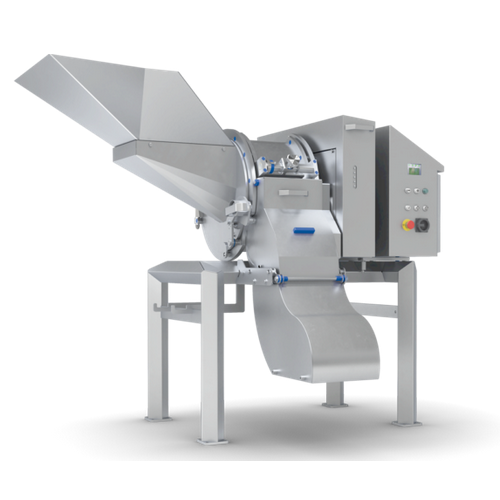
High-capacity tomato dicer
Achieve high-capacity precision dicing of tomatoes and minimize juice loss with cutting technolog...
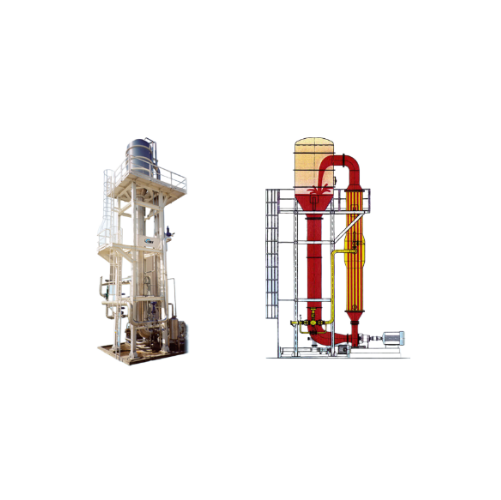
Thermal treatment system for tomato purees
Eliminate pectin enzyme activity and prevent syneresis in your purees and conce...
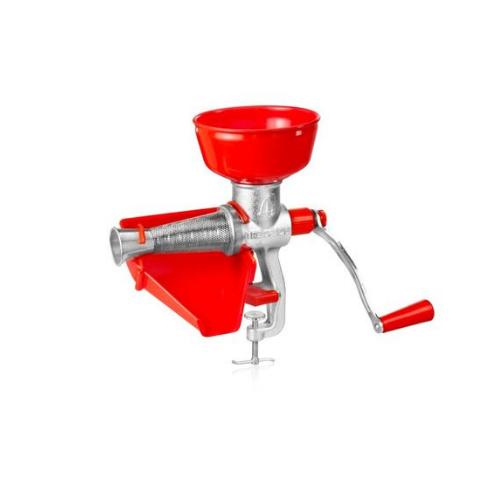
Tomato squeezer for efficient food processing
Efficiently transform raw tomatoes and other fruits into smooth sauces and p...

Semi-automatic extraction machine
When extracting seeds from fruit or vegetable crops, it is best to consider a flexible de...
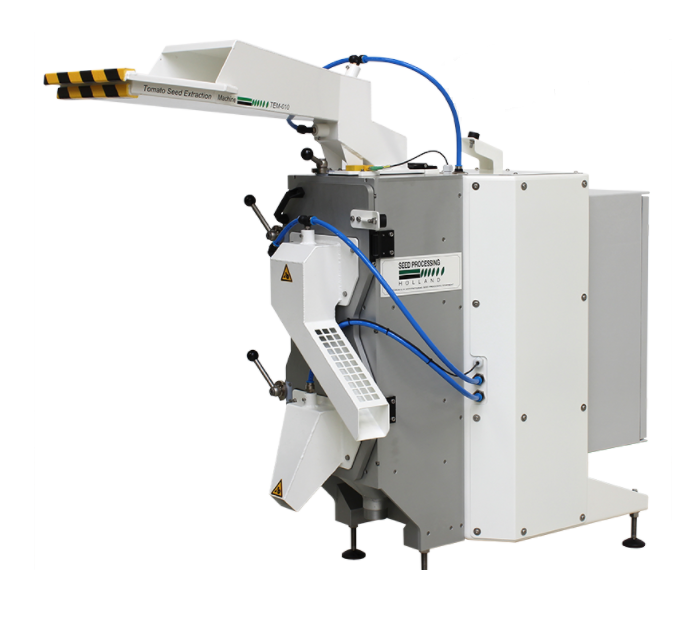
Tomato seed extraction machine
Although it’s the safest method, extracting tomato seeds manually can be time-consuming...
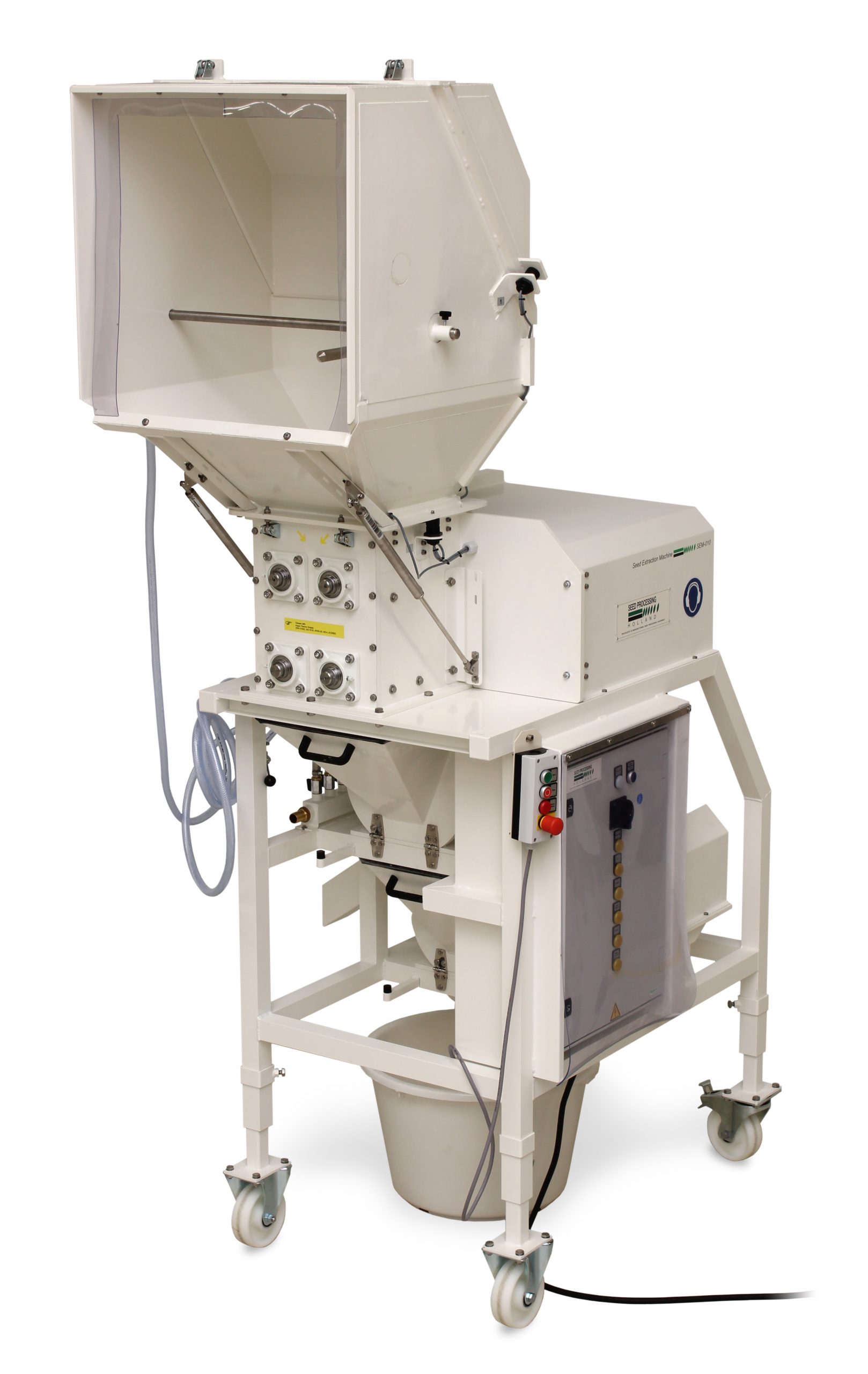
Seed extraction machine
The supply of high quality seeds is essential as it significantly contributes to the success of every...
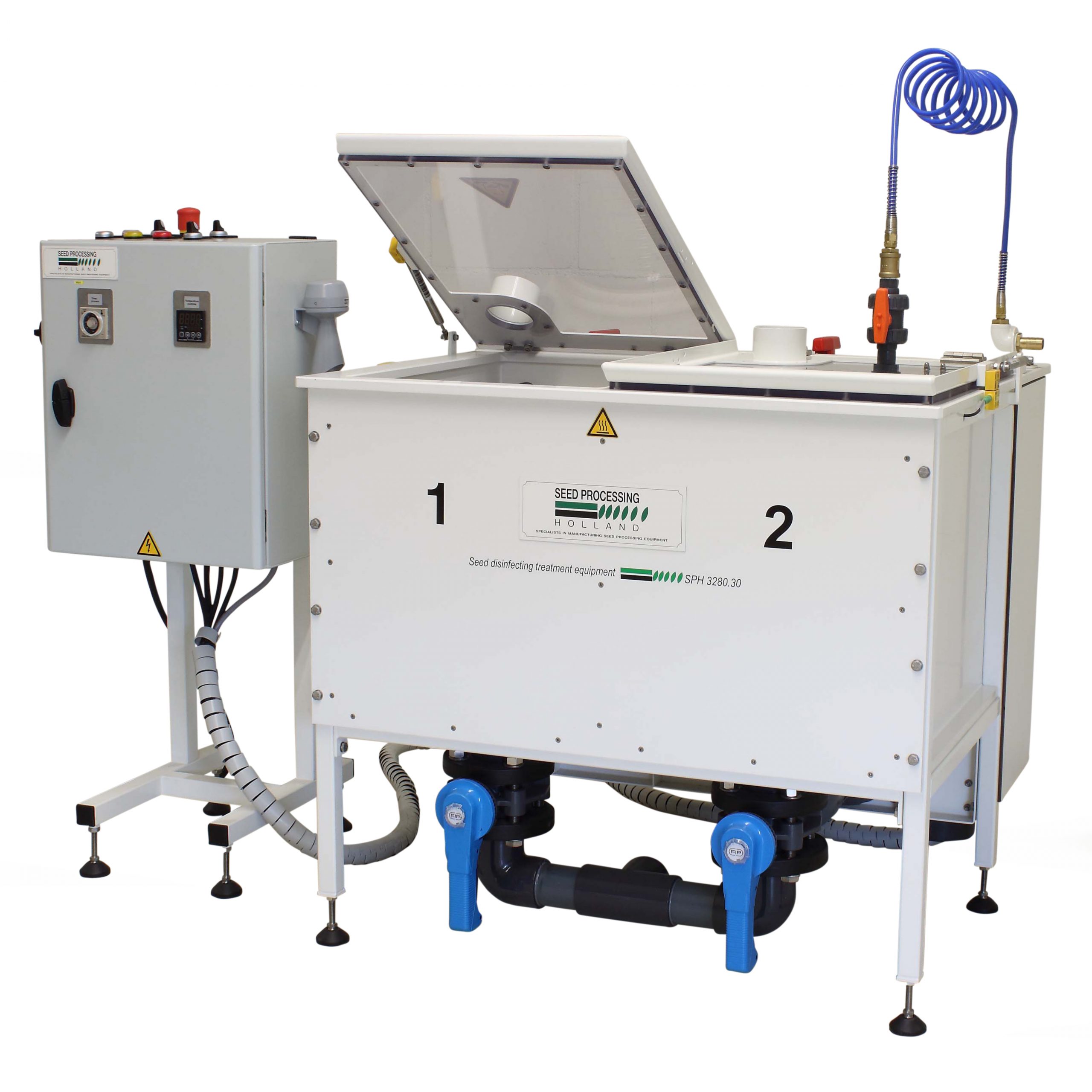
Seed disinfection machine
It’s essential to disinfect seeds to eliminate bacterial infections and to protect them from these...
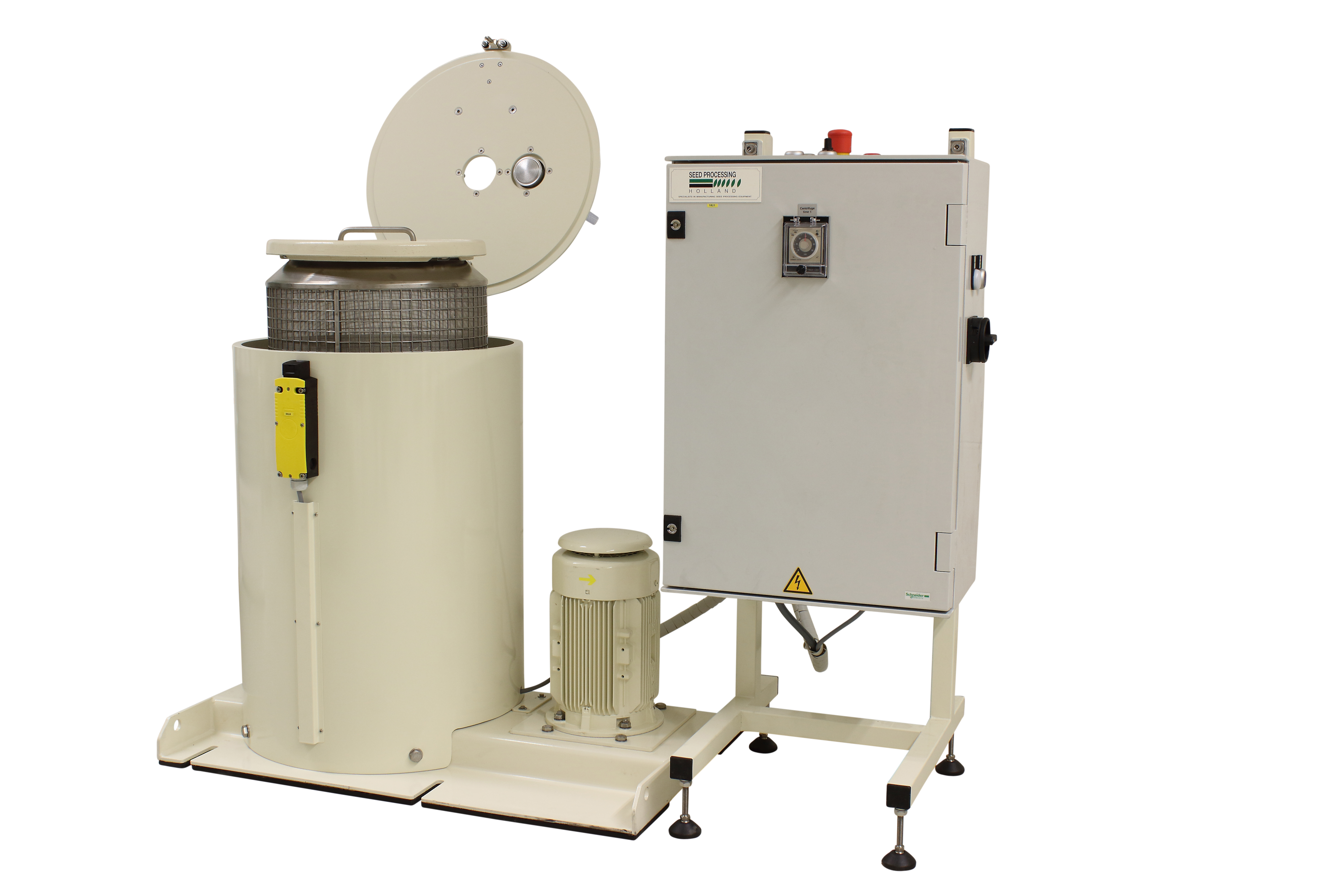
Seed Centrifuge Small
When drying extracted, disinfected, or primed seeds, the process can be very long, as they have high wa...
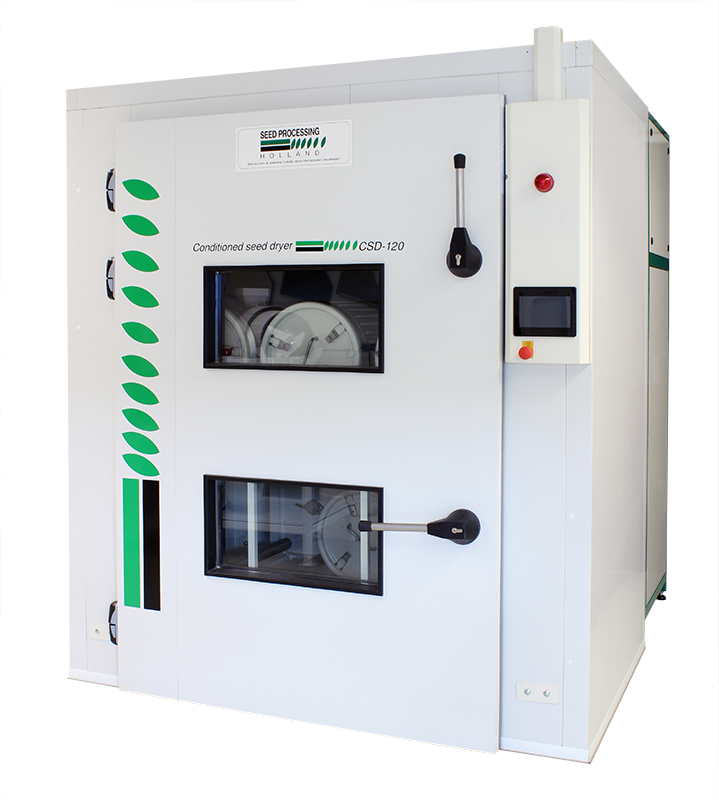
Conditioned seed drying machine
It’s essential to dry moist seeds before you process and store them. Seeds with too high or ...
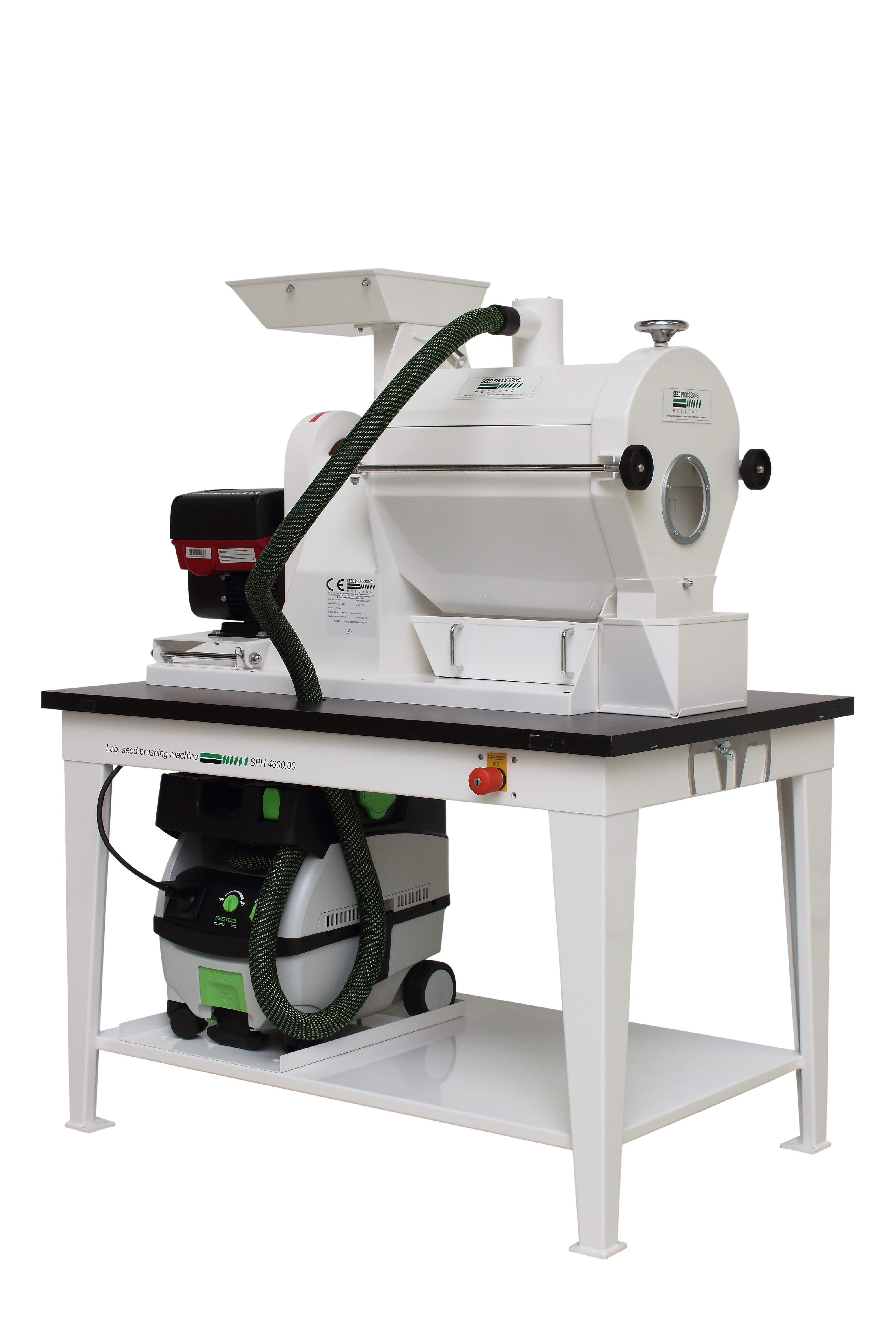
Laboratory Seed Brushing Machine
Breeding stations work daily to improve seed sow ability; but if seeds are not cleaned prop...
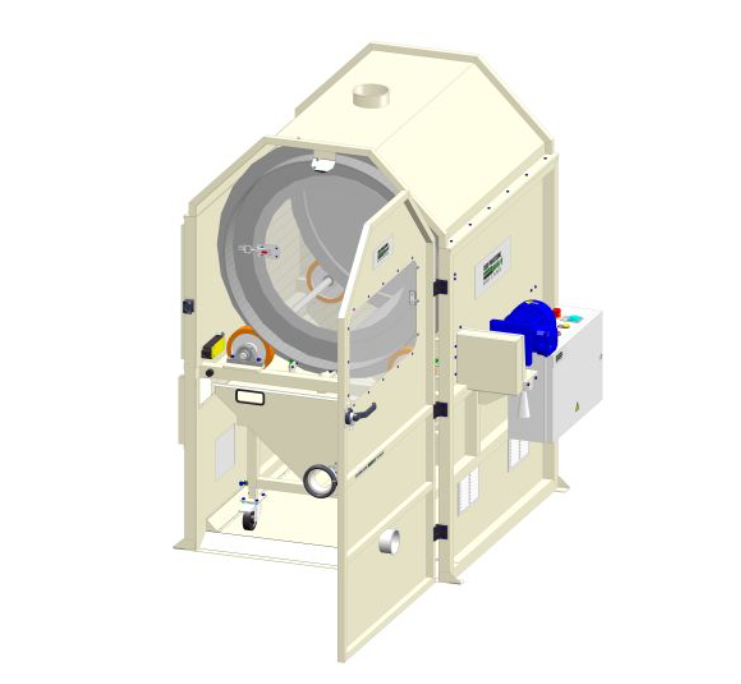
Crop and Vegetable Seeds Polisher
One way to improve crop and vegetable seed germination performance can be found in the fi...
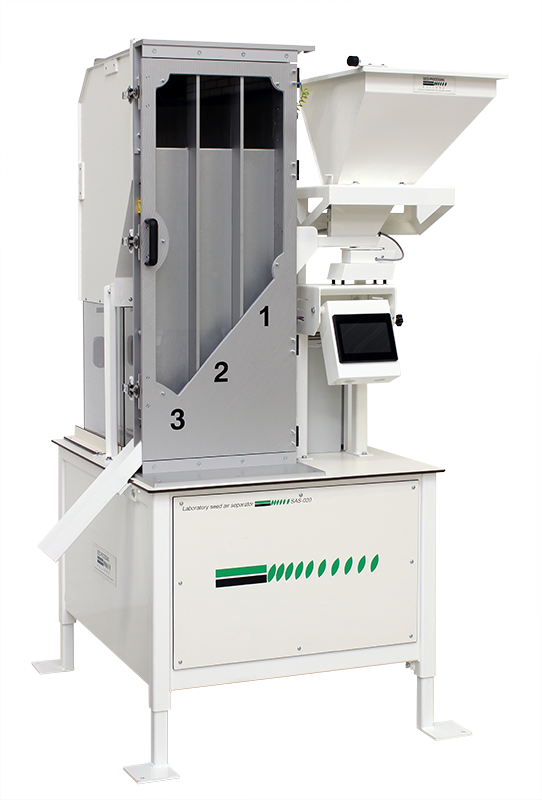
Air Seed Cleaning Machine
Cleaning of seeds is a vital step when getting the most of your crop. For this you need a speciali...
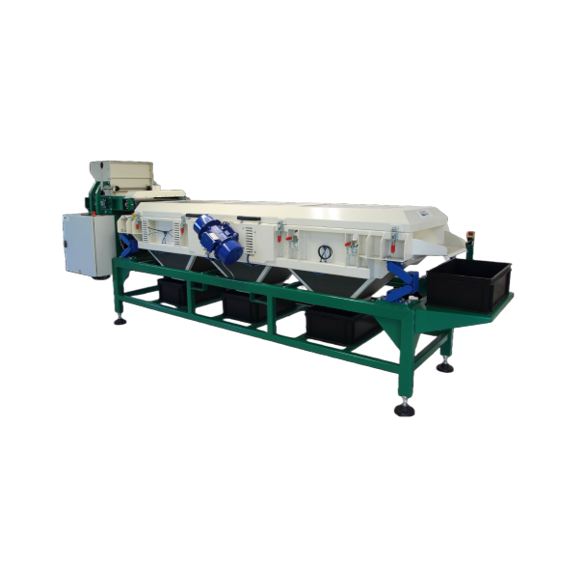
Machine For Sizing Seeds
Seeds coming from the same plant might have different sizes and shapes. The germination percentage o...

Seed priming equipment
Seed priming is a controlled hydration technique in which seeds are soaked in water or low osmotic pot...
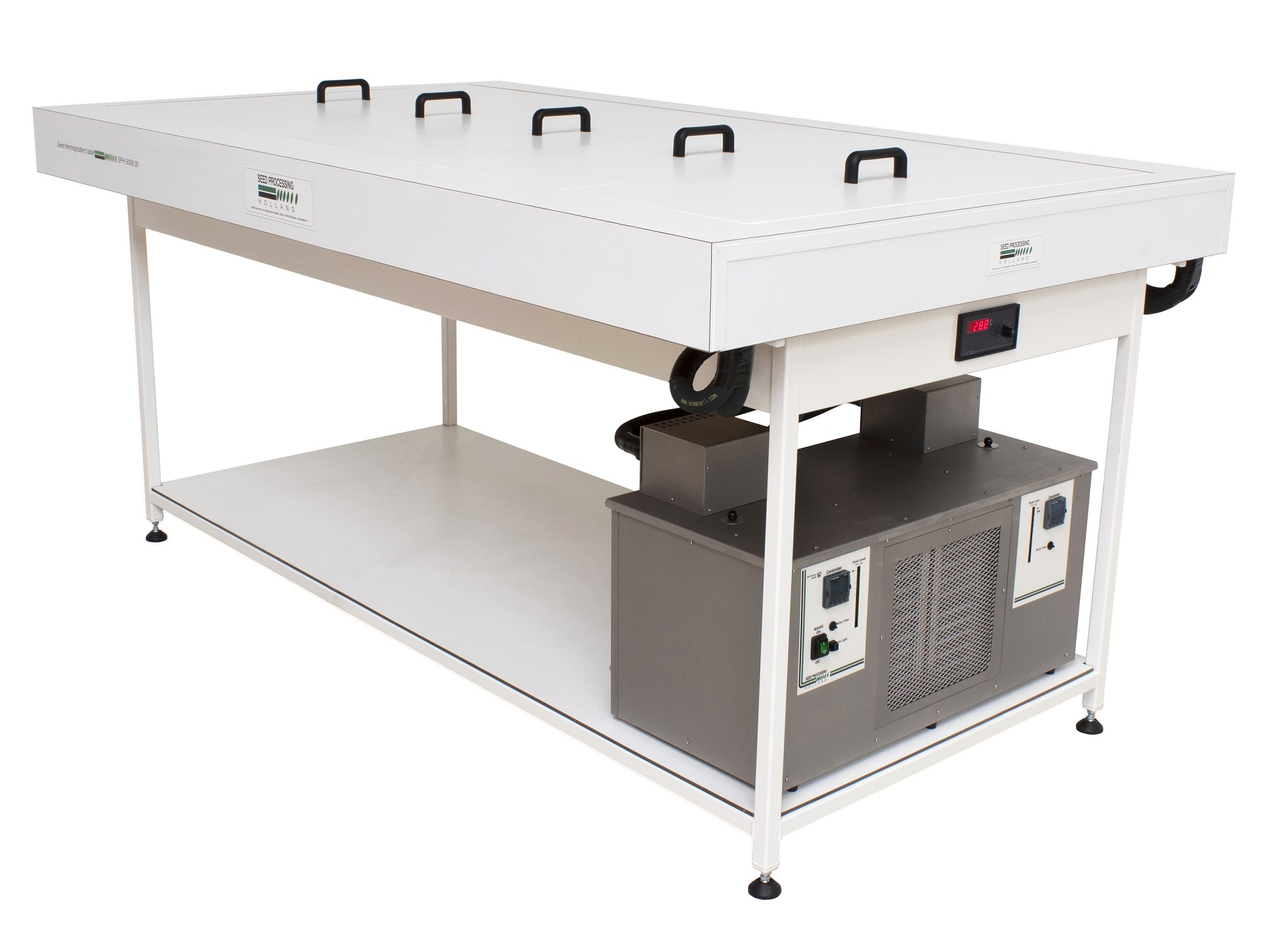
Thermogradient table for seed tests
Seed germination performance relies on factors such as seed type, cleanliness level, an...
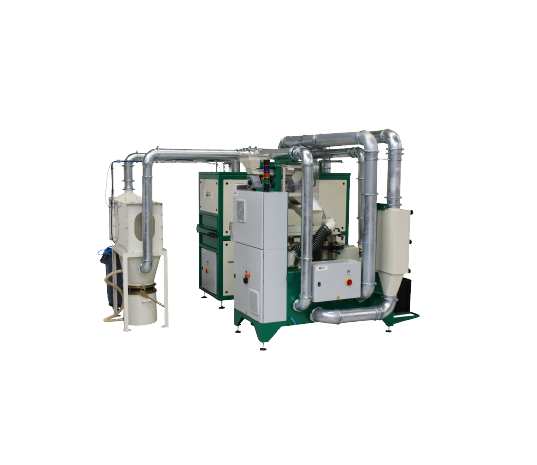
Seed Coating Machine With Integrated Dryer
Seed coating, also known as seed dressing, refers to the covering of seeds with...




